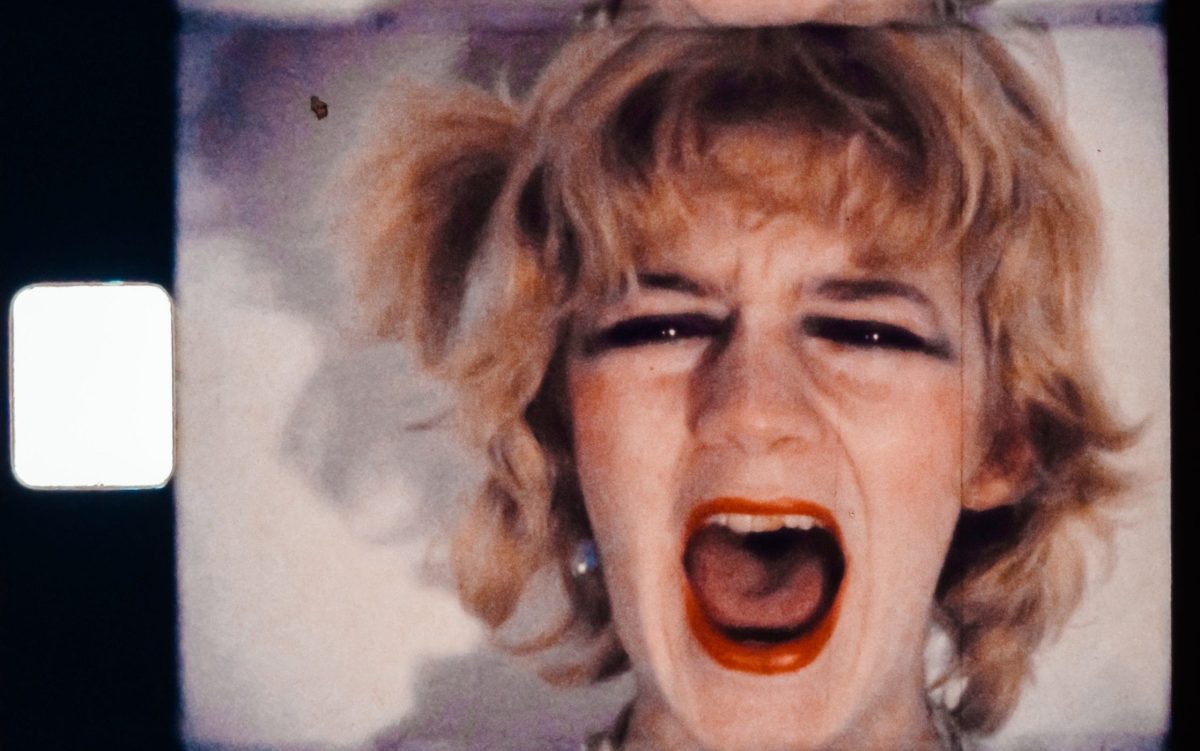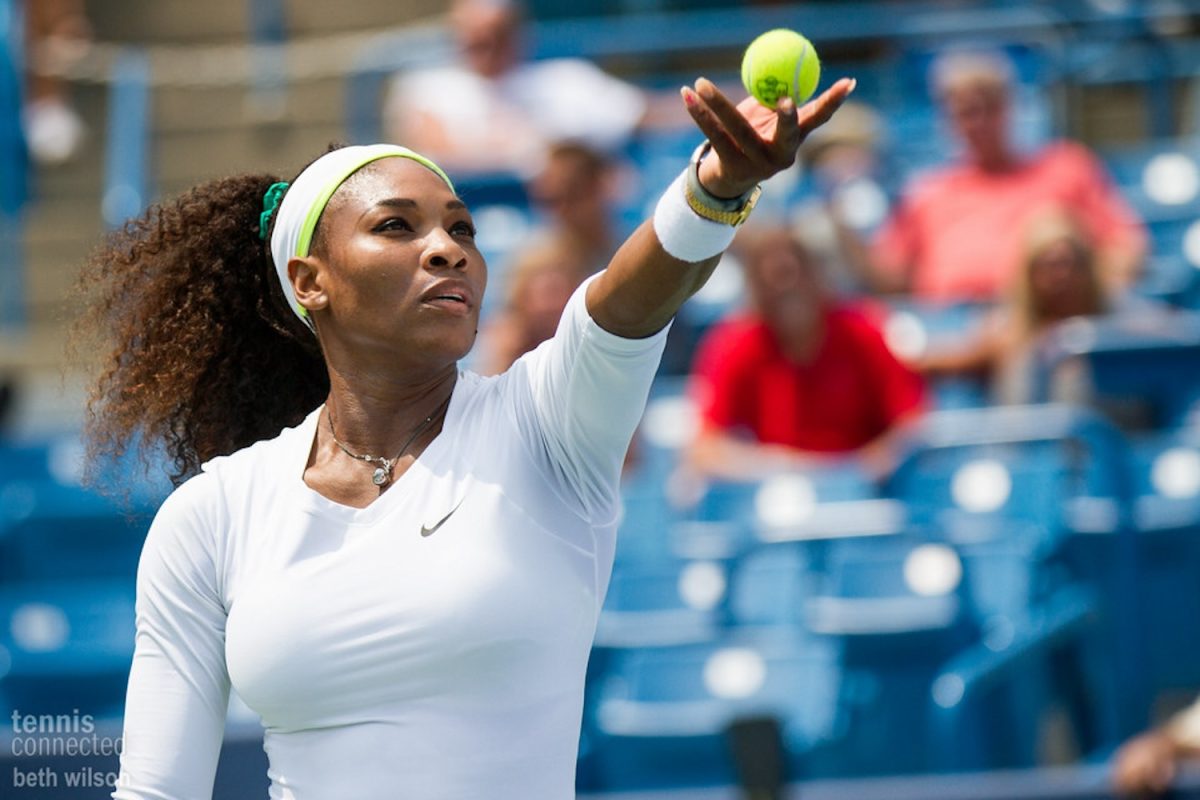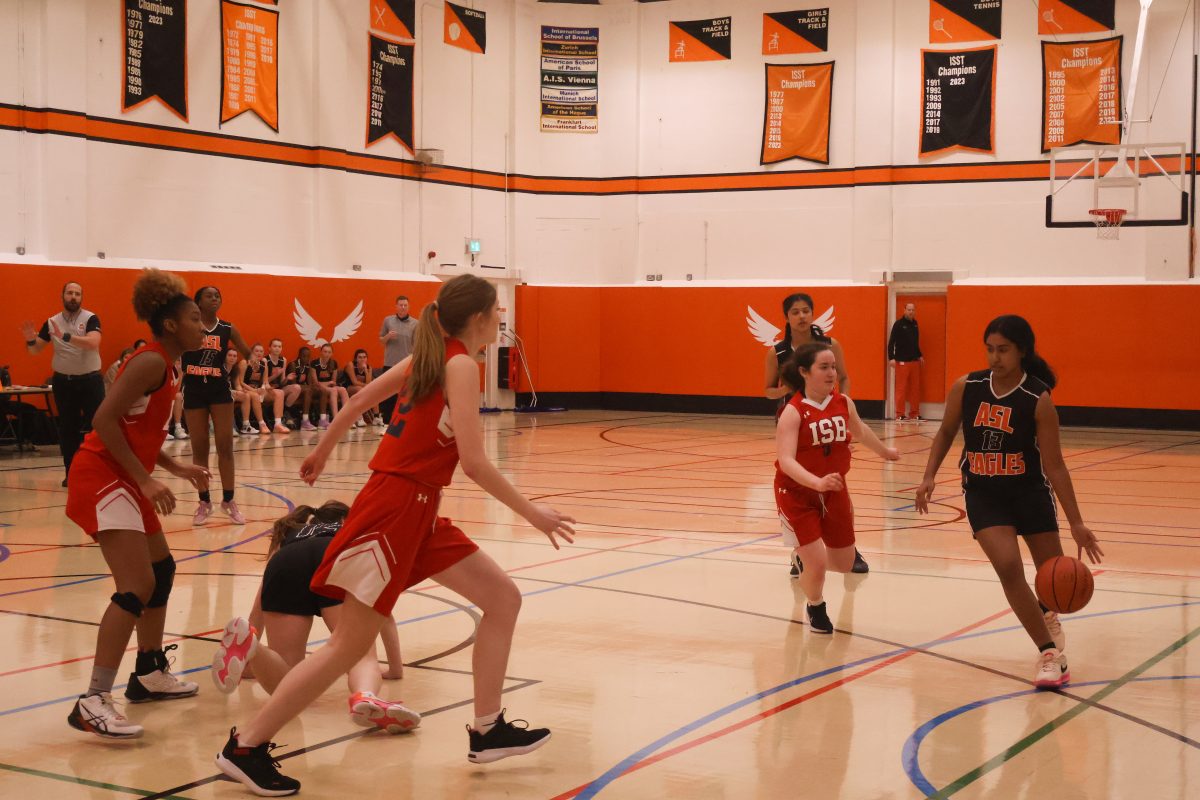For Aequitas Day, I co-led a workshop on women in sports through the media and asked our audience to discuss in groups what their favorite sport was. Several hands went up in favor of basketball. Then, we asked them to keep their hands up if their preferred league was a women’s basketball league. Just one hand remained held high.
For many sports, the women’s league was invented later than that of the men’s, which reveals contribution to a lack of recognition as they are still catching up to decades of history behind men’s team fan bases. For example, the WNBA went into action in 1997, whereas the NBA began in 1946.
Women in sports must receive more coverage and respect in the media in order to further societal recognition. The responsibility to enhance the popularity of women’s sports isn’t in the hands of a single person, therefore this is not a question of blame, but rather a look into how women in sports can get the acknowledgment they deserve in the media.
The Washington Post reported that after Katinka Hosszu achieved gold in the 400m individual swimming medley, NBC reporter, Dan Hicks named the athlete’s husband as the person “responsible.” This reporter accredited Katinka Hosszu’s success to her husband, rather than celebrating her for and showcasing her own achievement.
Not only does some of the coverage that women receive undermine their success, but they also obtain less coverage in terms of quantity. According to UNESCO, 40% of players in sports are women, yet women acquire just four percent of sports coverage. This statistic, surprising or not, reveals the progress left to be made when it comes to the appreciation of women in sports.
This disparity in media recognition as well as less popularity in women’s sports means that less money goes into women’s sports, which creates a gender pay gap in many sports as the men’s version of a given sport gets more coverage and viewer interest.
According to Adelphi University, the average men’s basketball pay is $10,776,383, while the women’s is $113,295. Here there is a clear difference, down to preconceived societal interest in men’s basketball over women’s.
Although progress toward lessening the pay gap between women’s sports and men’s sports has been made, there is still a long way to go. In the 2018-19 season, the total World Cup prize money for men was $400 million, while for women it was $30 million according to Adelphi University. However, in the 2022-2023 season, the men’s prize increased to $440 million and the women’s became $110 million. The women’s prize is still one-fourth of that of the men, continuing a vast divide.
You may be wondering why any of this matters. Most female athletes still make a decent amount of money, so why should it be proportionate to men’s pay? What does one silly comment about a tennis player’s outfit matter?
Equitable representation is essential in order to ensure that sports are positively promoted to younger generations. If a girl who is just beginning to play basketball sees the unbalanced pay her future may hold, she could feel discouraged.
Not only could unequal pay dilute a girl’s confidence, but also the inherit message that men’s sports are superior and deserve greater respect. This is the implicit message that many journalists are currently spreading through their disrespectful coverage.
In order to enhance societal respect and interest in women’s sports, journalists must first treat players with respect, which will contribute to producing equitable coverage.
Orange Groovy Retro Daily Agenda Presentation by inez_stephenson





